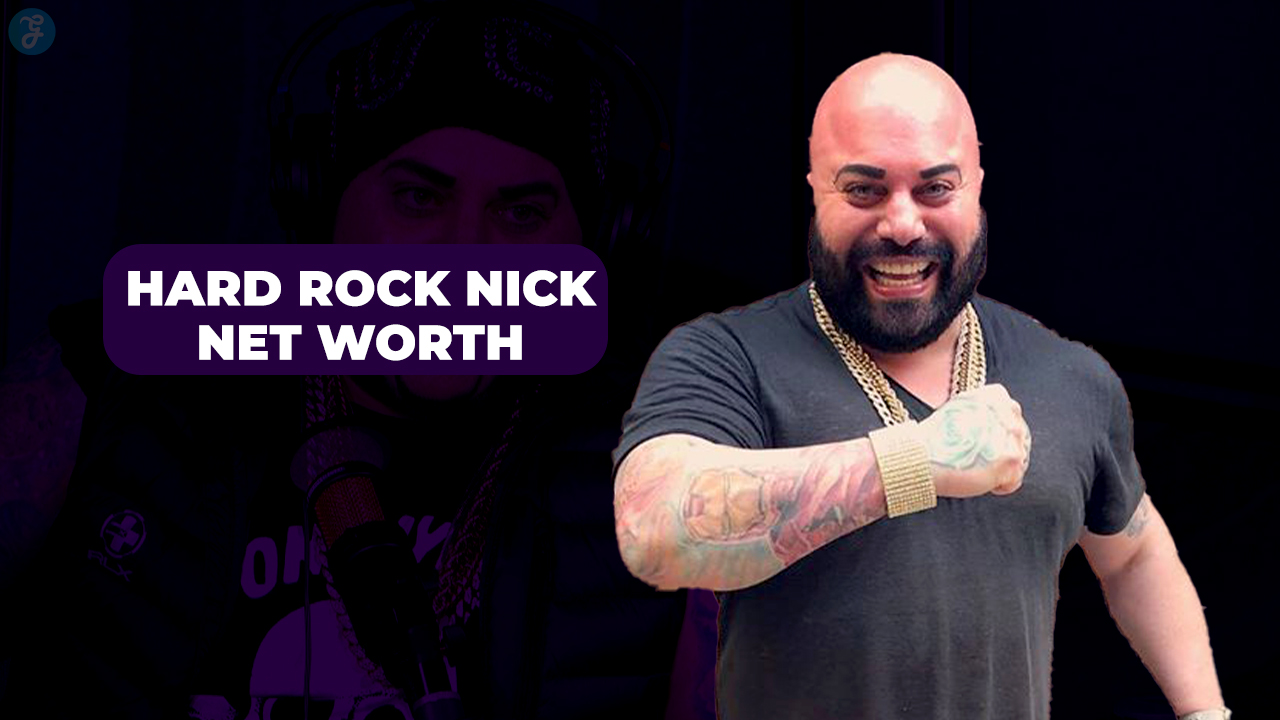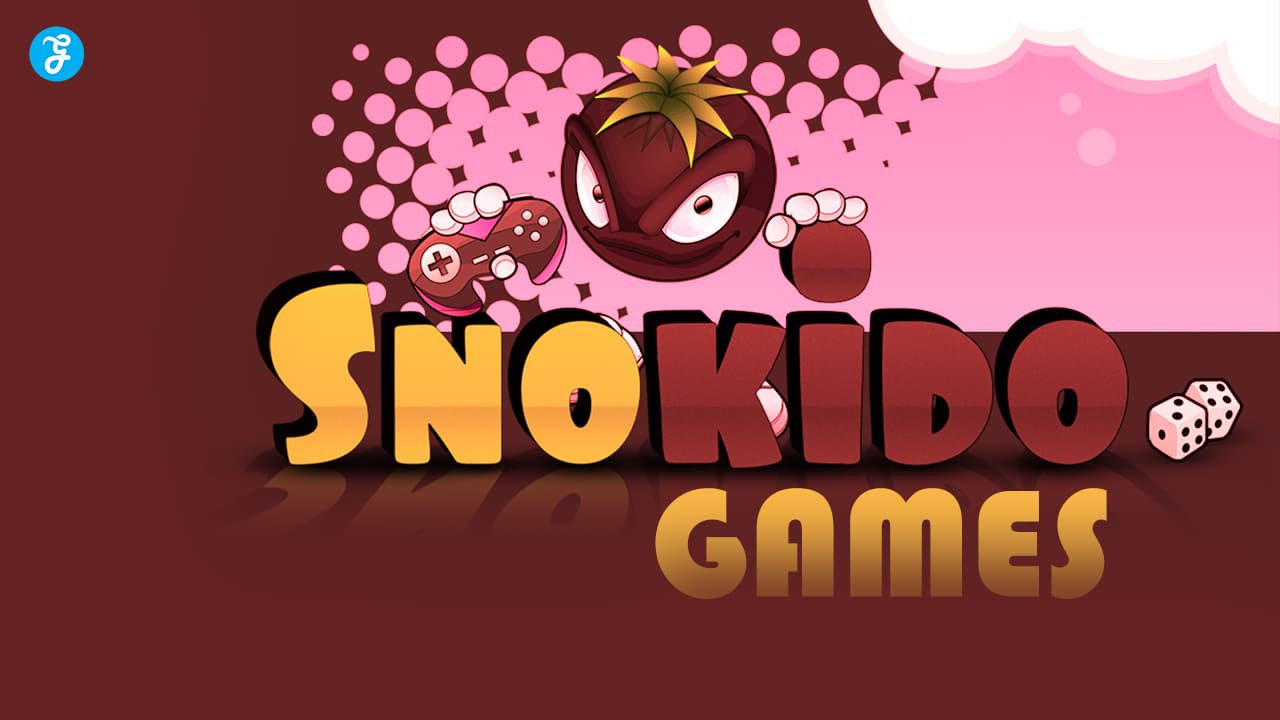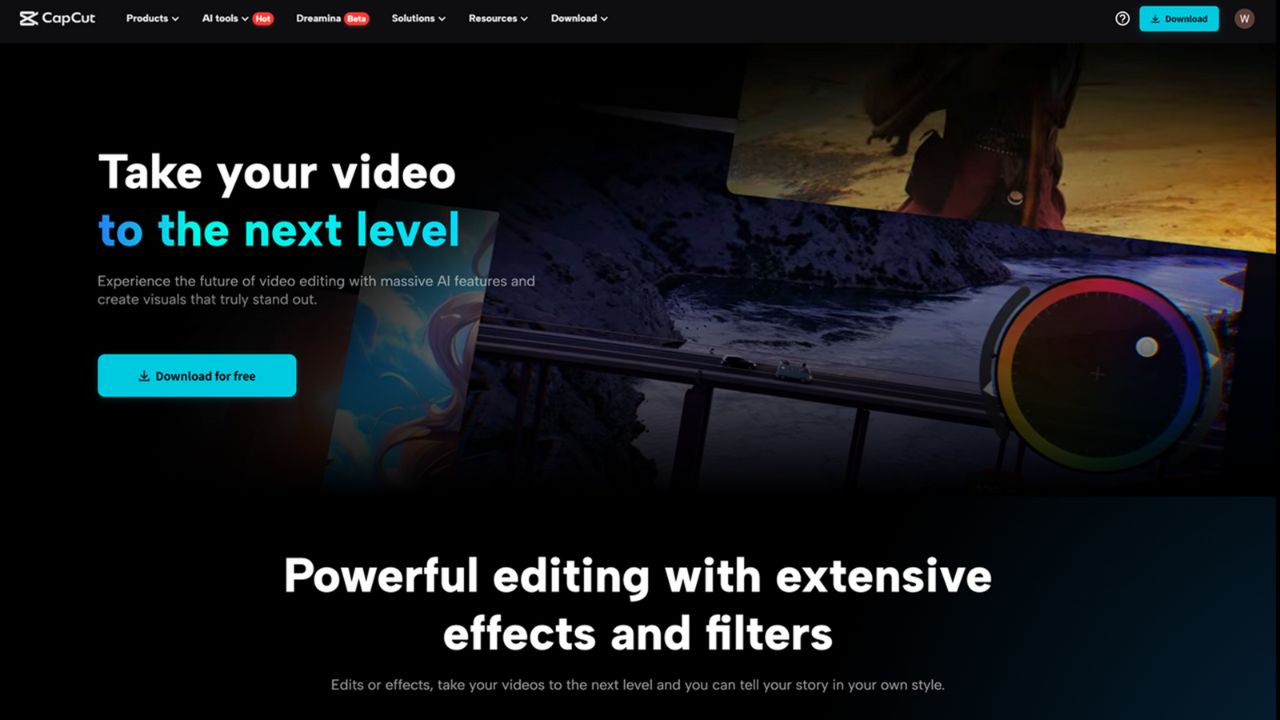Pricing your Print-on-Demand (POD) products effectively is one of the most critical decisions for your business. It directly impacts profitability, competitiveness, and customer satisfaction.
In a market as dynamic as the USA, where consumer preferences and competition evolve rapidly, having a robust pricing strategy is essential for success.
This guide will walk you through 12 actionable tips for pricing your print on demand products in the USA, ensuring you maximize profits while staying competitive.
Why Pricing Your Print on Demand Products in the USA Matters
The U.S. POD market is booming, with a projected value of $10.66 billion by 2030, growing at a compound annual growth rate (CAGR) of 24.4% from 2023 to 2030. This growth is fueled by rising demand for personalized products, advancements in digital printing technologies, and a thriving e-commerce ecosystem.
However, pricing your print on demand products in the USA can be challenging. Price too low, and you risk losing money; price too high, and customers may turn to competitors. Striking the right balance requires understanding your costs, market trends, and customer behavior.
1. Understand Your Product Costs
Before setting prices, you must calculate all associated costs to ensure profitability.
These include:
| Cost Component | Details | Example |
| Base Production Cost | The price charged by your POD supplier. | $10 per t-shirt |
| Design Costs | Fees for creating or purchasing designs. | $2 per design |
| Shipping Costs | Cost of delivering the product to customers. | $5 per order |
| Platform Fees | Fees charged by marketplaces like Etsy. | 5% of total sales |
| Taxes | Sales tax or self-employment tax obligations. | Varies by state |
By summing these costs and adding a profit margin, you can determine a base price that ensures profitability.
2. Research Market Trends
Analyzing competitor pricing helps you understand where your products fit in the market.
Use tools like Google Trends or competitor analysis platforms to identify:
- Average price ranges for similar products.
- Seasonal demand patterns (e.g., higher prices for hoodies in winter).
- Popular niches or categories with high-profit potential.
For example, if competitors sell custom mugs for $15–$20, pricing yours within this range ensures competitiveness.
3. Choose a Pricing Strategy
Selecting the right strategy depends on your goals and target audience:
| Strategy | Description | Best For |
| Cost-Plus Pricing | Add a fixed profit margin to your total costs. | Ensuring consistent profits |
| Value-Based Pricing | Price based on perceived value (e.g., unique designs). | Premium or niche markets |
| Dynamic Pricing | Adjust prices based on demand or seasonality. | Seasonal products like holiday-themed items |
For instance, if you’re selling exclusive designs, value-based pricing allows you to charge more than competitors offering generic designs.
4. Calculate Your Profit Margins
Profit margins are crucial for sustainability. A formula to calculate retail price is:
Retail Price=Total Costs+(Total Costs×Profit Margin)
Retail Price=Total Costs+(Total Costs×Profit Margin)
For example:
- Total cost = $15
- Desired profit margin = 30%
- Retail price = $15 + ($15 × 0.30) = $19.50
Aim for margins between 20%–50%, depending on your niche and competition.
5. Factor in Shipping Costs
Shipping can make or break customer satisfaction:
| Shipping Option | Pros | Cons |
| Free Shipping | Increases conversion rates; simplifies pricing. | Cuts into profit margins if not calculated properly. |
| Customer-Paid Shipping | Ensures profitability on each sale. | May deter customers due to higher total costs. |
One strategy is to offer free shipping but incorporate its cost into the product price.
6. Leverage Psychological Pricing
Psychological pricing influences buyer perception:
- Charm pricing: Use prices ending in .99 (e.g., $19.99 instead of $20).
- Specific pricing: Use non-rounded numbers (e.g., $29.34) to appear precise.
- Anchor pricing: Show original prices crossed out next to discounted ones.
These tactics can boost sales by making prices feel more appealing.
7. Utilize Seasonal and Dynamic Pricing
Adjusting prices based on demand ensures relevance:
- Raise prices during peak seasons (e.g., holiday-themed items).
- Lower prices during off-seasons to clear inventory.
For instance, charge more for custom sweaters in December but offer discounts in March.
8. Offer Discounts and Promotions Strategically
Promotions can drive sales without hurting profits:
| Promotion Type | Description | Example |
| Bundle Deals | Offer discounts for purchasing multiple items. | Buy 2 t-shirts, get 10% off |
| Limited-Time Discounts | Create urgency with time-sensitive offers. | 20% off this weekend only |
Ensure promotions are time-bound and well-calculated to avoid losses.
9. Monitor Competitor Pricing Regularly
Competitor analysis should be ongoing:
- Use tools like Price2Spy or Keepa.
- Identify trends such as price drops or new product launches.
- Adjust your prices accordingly to remain competitive.
For example, if competitors lower their prices during Black Friday, consider offering similar discounts.
10. Optimize for Online Platforms
Each platform has unique fee structures and customer expectations:
| Platform | Fee Structure | Key Considerations |
| Etsy | Listing fees + transaction fees | Focus on SEO-friendly product descriptions |
| Shopify | Monthly subscription + payment gateway fees | Build brand loyalty through personalized offers |
Optimize product listings with keywords like “custom POD designs USA” to improve visibility.
11. Test Pricing Strategies
Experimentation helps identify optimal price points:
- A/B test different price ranges on platforms like Shopify.
- Analyze metrics such as conversion rates and average order values.
- Adjust based on customer behavior and feedback.
For example, test whether $19.99 performs better than $21.50 for a specific product.
12. Reassess Prices Periodically
Market conditions change over time due to factors like inflation or new competitors entering the market.
Regularly review:
- Production costs: Have supplier fees increased?
- Customer feedback: Are customers satisfied with current pricing?
- Sales performance: Are certain products underperforming?
Set quarterly reviews to ensure pricing your print on demand products in the USA remains competitive and profitable.
Takeaway
Pricing your print on demand products in the USA is both an art and a science that requires careful planning and execution. By understanding your costs, researching competitors, leveraging psychological tactics, and reassessing periodically, you can create a pricing strategy that maximizes profits while staying competitive.
The U.S.’s thriving POD market presents immense opportunities—but only if you approach pricing strategically. Implement these tips today to position your business for long-term success!













































